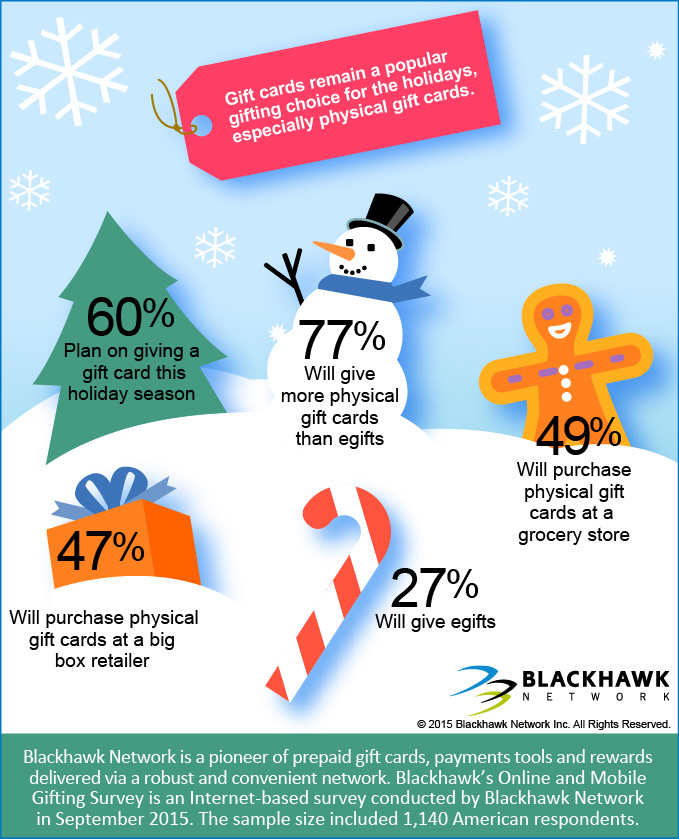Personalized glass is a sort of enhanced glass wares that involves shallowly etching the surface of the glass. The engraving differs from cut glass, which is made by using a sawing activity to produce shapes in the glass.
Laser etching can produce carefully engraved images on glass, yet the result can frequently really feel harsh to the touch because of small shards of glass remaining on the surface. Amy shares some tricks she has picked up from collaborating with Epilog lasers to prevent these problems:
1. Hang it on the Wall
Traditionally, individuals prize glass for its elegance and beauty. Nonetheless, it is a heavy and fragile product to work with and need to be thoroughly handled in order to protect the piece for years ahead. To show your engraved glass, look for hooks, braces or mounts that are specifically made for this objective. These can be discovered at hardware or art supply shops.
To minimize the possibility of damages to your glasswork, use a dampened single layer of paper towel to the surface area. This will certainly avoid air bubbles or overlaps from impacting the engraving result.
Another alternative is to utilize application tape. This will additionally help in reducing the surface of your workpiece from becoming rough. Additionally, you can try out different visuals processing settings for laser engraving glass. As an example, you may discover that a higher power setting works much better with a reduced dpi, as this can reduce the opportunities of sharding. You can also try transforming strong areas of fill to grayscale, as this will certainly decrease the warm influenced zone.
2. Put it on a Table
Glass inscriptions add an advanced seek to any space and can be utilized for a selection of objectives. To make your glass inscriptions stand out, think about frosting the surface area or including a paint fill to amplify the style's presence.
Before running a laser etching task, it is very important to test the speed and power settings on the kind of glass you will certainly be using. These refinements will enable your maker to generate the look you're after while reducing threats of mistakes and damage.
Adding dampened paper towel or application tape to the surface of your workpiece prior to lasering can assist with warmth dissipation, protecting against the glass from becoming rough.
You can likewise try altering your visuals shade to 80% grayscale in order to more different the dots and reduce any fracturing that may happen during the etching procedure. By integrating these strategies, you can achieve near excellent results on a wide range of glass items.
3. Position it on a Stand
The procedure of laser engraving glass calls for a great deal best-selling engraved glass gifts of precision. Etching on curved surfaces like bottles and stemless glass is particularly tough due to misalignment concerns. A jig or clamp aids to maintain the item and make certain appropriate positioning.
It's additionally vital to pick a high-contrast design with strong lines and clear sides for the best outcomes. Making use of software application tools to adjust contrast and brightness can assist attain these objectives. On top of that, it's a great idea to test your styles on scrap glass prior to engrave the real product.
Including a layer of dark paper to the surface area of the glass before inscribing lowers chipping and boosts the general high quality of the final product. Additionally, a dampened single-layer of paper towel on the surface of the glass can minimize effects from warm on big surface areas. A rotary add-on is likewise suggested for round products, such as containers. This device assists to stabilize the workpiece, minimizing resonances that can affect the accuracy of the laser's positioning.
4. Place it on a Floor
A basic means to show engraved glass is by placing it on the flooring. This will offer the inscribing an extra significant result, as it will be visible from all directions. Engraved glass can also be hung from a ceiling for an even more one-of-a-kind result.
While traditional techniques of etching glass require physical get in touch with and may damage the surface area, laser etching is a non-contact process that allows for the production of complex and thorough layouts. Epilog Laser devices are user-friendly and featured user-friendly software program that makes it very easy for anyone to develop a distinctive artistic design.
Prior to lasering, the glass needs to be cleaned completely. Using a slim coat of unmixed meal soap to the area that is mosting likely to be engraved will certainly help prevent damages from warm, as it dissipates the power created throughout the etching process. Furthermore, making use of the rasterization type "Purchased Dithering" in your laser software will certainly decrease the chance of any rough locations on big surface areas and will improve overall clarity.
